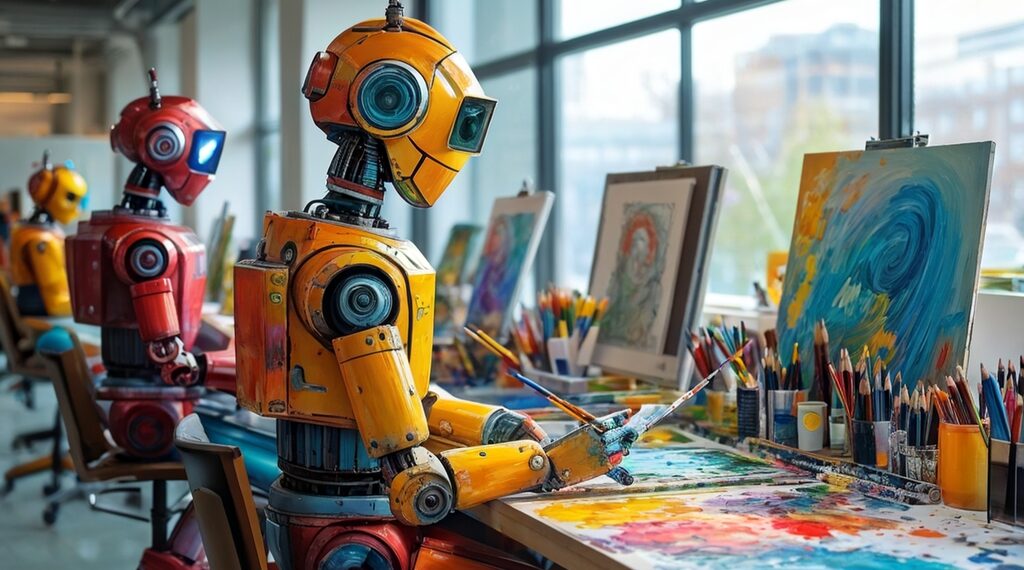AI is sometimes seen as a double-edged sword in creative workflows, particularly in game development, because it offers efficiency and new possibilities while raising fears about losing control and compromising integrity. However, AI can enhance the artist’s role rather than replace it. Despite industry fears and hype, there isn’t strong evidence that AI can replace the human creative process due to the depth of emotion and intuition that human artists bring to their work. AI should be seen as a tool that supports and amplifies an artist’s creativity when deployed effectively.
Visual artists prefer AI tools that allow for a high level of control and a seamless integration into their existing workflow. Tools that don’t feel like a natural extension of their work will likely be avoided. AI tools are categorized into simple text generators and more complex, customizable models and interfaces. Customizable models offer more flexibility and ownership, aligning better with an artist’s need for better process and control. When integrating AI into creative workflows, focus on spotting opportunities for AI assistance, creating fluid processes, and developing custom AI models that align with an artist’s needs.
Additionally, it’s important to address ethical concerns around how artists’ work will be copyrighted and used in the future, and encourage artists to experiment with AI tools while providing proper training, time and support. Highlight success stories of how AI has enhanced the creative process for other artists and seek continuous feedback and iteration to improve AI workflows. Finally, integrate AI in a way that respects and satisfies artist’s concerns to enhance their creative freedom and ideas.
The whytry.ai article you just read is a brief synopsis; the original article can be found here: Read the Full Article…





